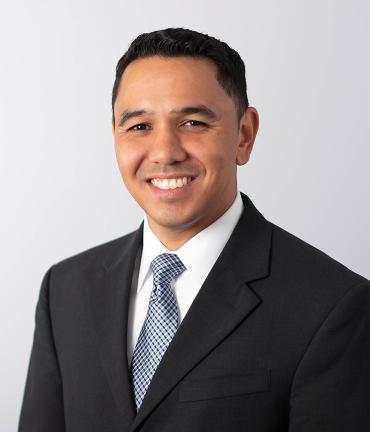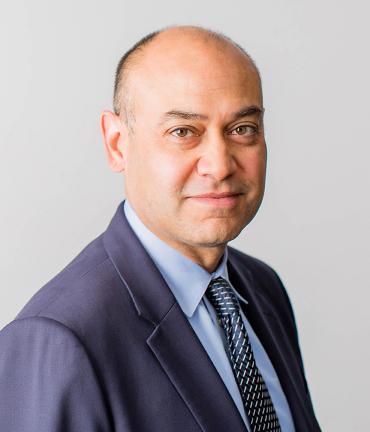
Subependymal giant cell astrocytoma (grade I)
Subependymal giant cell astrocytoma is a rare, benign brain tumor that arises from astrocytes, the supportive cells in the nervous system.
Normally, astrocytes are responsible for a variety of roles, including providing nutrients to neurons, maintaining the blood-brain barrier, and modulating neurotransmission (how neurons communicate with each other).
These slow-growing tumors typically arise in the ventricles, the fluid-filled cavities in the brain and spinal cord. Ventricles are filled with cerebrospinal fluid (CSF), which helps cushion the brain from trauma. When subependymal giant cell astrocytomas develop, they often interfere with the flow of CSF within the brain, causing a buildup of CSF and an increase in pressure. This condition, also called hydrocephalus, is often associated with headaches, nausea, and vomiting are among the possible symptoms.
Subependymal giant cell astrocytomas are a specific type of astrocytoma, and also belong to the broader category of gliomas – tumors that arise from glial cells. This is because astrocytes are a type of glial cell. For this reason, subependymal giant cell astrocytoma (grade I) may also be called a “low-grade glioma.”
Because they are slow-growing tumors, some subependymal giant cell astrocytomas may not cause symptoms for some time. If the tumor blocks the normal flow of CSF in the brain, some of the following symptoms may occur due to increased pressure in the brain:
- Headaches
- Fatigue
- Nausea
- Vomiting
- Vision problems (double vision, blurriness)
- Seizures
Subependymal giant cell astrocytomas are relatively rare tumors that primarily occur in young patients with tuberous sclerosis complex (TSC), a rare genetic condition that predisposes patients to develop tumors throughout the body. About 10-20% of patients with TSC develop subependymal giant cell astrocytomas.1
Subependymal giant cell astrocytomas are benign, slow-growing tumors and are often successfully treated with surgery. If the tumor can be completely removed, recurrence is rare.
If the tumor cannot be accessed or fully removed with surgery, medical therapy or radiation therapy like Gamma Knife may be suggested to target any remaining tumor cells. A personalized treatment plan will take into account a variety of factors, including the size and location of the tumor, as well as the patient’s age and general health.
Subependymal giant cell astrocytomas have low rates of recurrence, so surgery alone may be sufficient for successful, permanent treatment.
For many patients experiencing hydrocephalus, surgical removal of the subependymal giant cell astrocytoma may be enough to relieve the increased brain pressure. In some cases, a temporary or permanent drainage system (called a ventriculoperitoneal shunt) may be placed to remove excess fluids from the brain. Other long term effects of the tumor may include vision impairment and headaches.
- Roth, J., et al., Subependymal giant cell astrocytoma: diagnosis, screening, and treatment. Recommendations from the International Tuberous Sclerosis Complex Consensus Conference 2012. Pediatr Neurol, 2013. 49(6): p. 439-44.
Surgical Specialists
This content was reviewed by UCSF pediatric neurosurgeon, Nalin Gupta MD.


